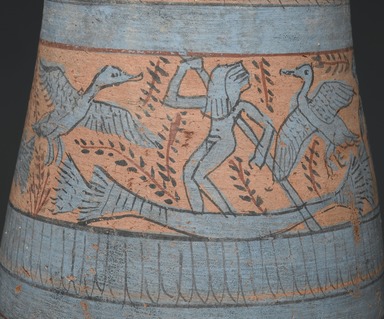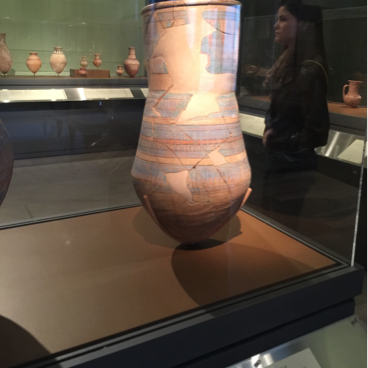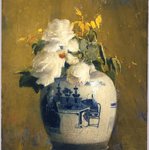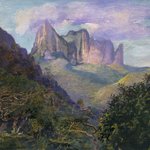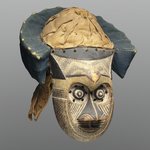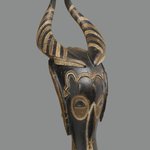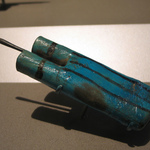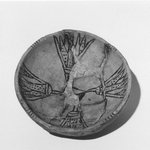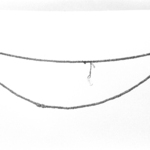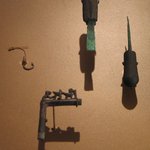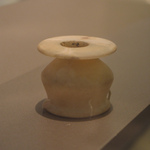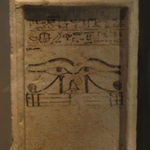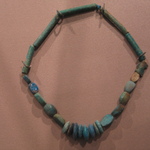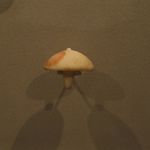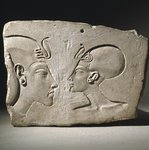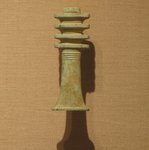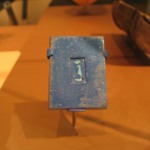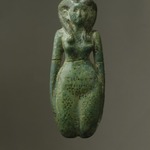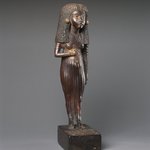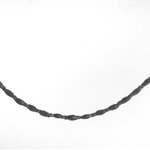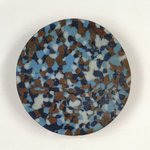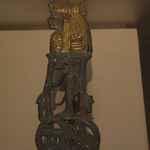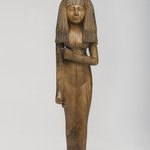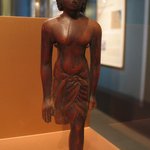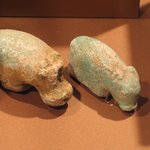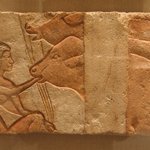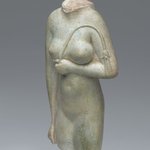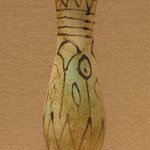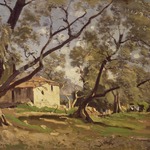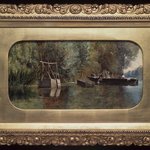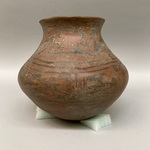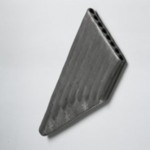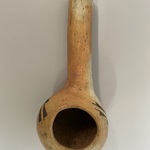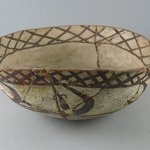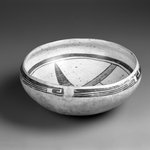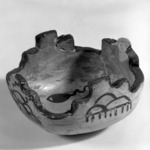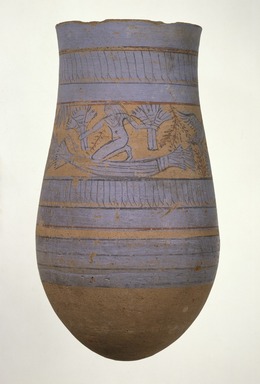

Blue-Painted Vase with Marsh Scene, ca. 1390–1353 B.C.E. Pottery, pigment, 11 5/8 x Diam. of body 6 5/16 in. (29.6 x 16 cm). Brooklyn Museum, Charles Edwin Wilbour Fund, 59.2. Creative Commons-BY (Photo: Brooklyn Museum, 59.2_overall_SL1.jpg)
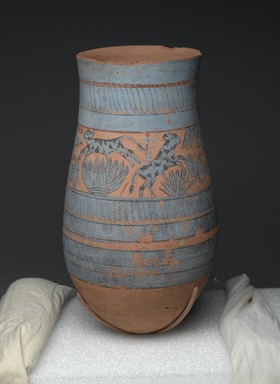
Blue-Painted Vase with Marsh Scene, ca. 1390–1353 B.C.E. Pottery, pigment, 11 5/8 x Diam. of body 6 5/16 in. (29.6 x 16 cm). Brooklyn Museum, Charles Edwin Wilbour Fund, 59.2. Creative Commons-BY (Photo: Brooklyn Museum, 59.2_overall_PS2.jpg)
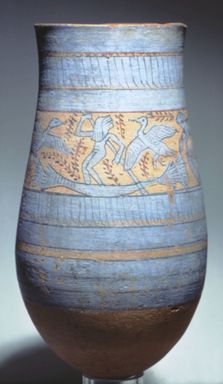
Blue-Painted Vase with Marsh Scene, ca. 1390–1353 B.C.E. Pottery, pigment, 11 5/8 x Diam. of body 6 5/16 in. (29.6 x 16 cm). Brooklyn Museum, Charles Edwin Wilbour Fund, 59.2. Creative Commons-BY (Photo: Brooklyn Museum, CUR.59.2.jpg)
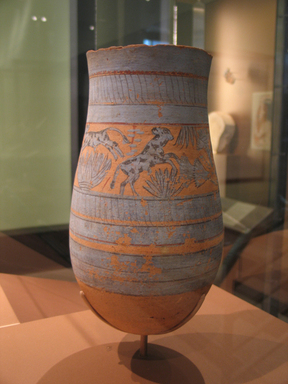
Blue-Painted Vase with Marsh Scene, ca. 1390–1353 B.C.E. Pottery, pigment, 11 5/8 x Diam. of body 6 5/16 in. (29.6 x 16 cm). Brooklyn Museum, Charles Edwin Wilbour Fund, 59.2. Creative Commons-BY (Photo: Brooklyn Museum, CUR.59.2_erg456.jpg)
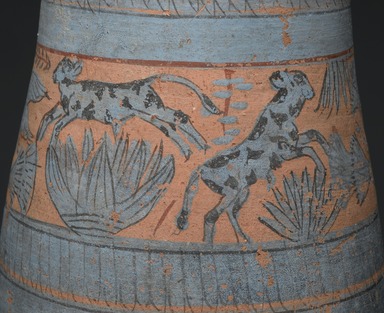
Blue-Painted Vase with Marsh Scene, ca. 1390–1353 B.C.E. Pottery, pigment, 11 5/8 x Diam. of body 6 5/16 in. (29.6 x 16 cm). Brooklyn Museum, Charles Edwin Wilbour Fund, 59.2. Creative Commons-BY (Photo: Brooklyn Museum, 59.2_detail7_PS2.jpg)
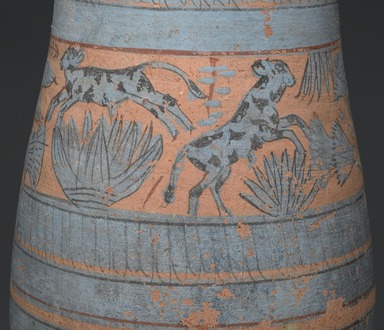
Blue-Painted Vase with Marsh Scene, ca. 1390–1353 B.C.E. Pottery, pigment, 11 5/8 x Diam. of body 6 5/16 in. (29.6 x 16 cm). Brooklyn Museum, Charles Edwin Wilbour Fund, 59.2. Creative Commons-BY (Photo: Brooklyn Museum, 59.2_detail01_PS2.jpg)
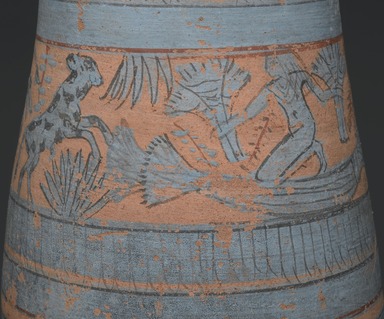
Blue-Painted Vase with Marsh Scene, ca. 1390–1353 B.C.E. Pottery, pigment, 11 5/8 x Diam. of body 6 5/16 in. (29.6 x 16 cm). Brooklyn Museum, Charles Edwin Wilbour Fund, 59.2. Creative Commons-BY (Photo: Brooklyn Museum, 59.2_detail02_PS2.jpg)
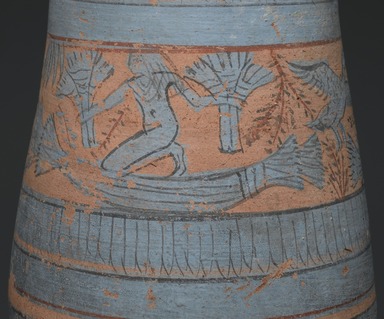
Blue-Painted Vase with Marsh Scene, ca. 1390–1353 B.C.E. Pottery, pigment, 11 5/8 x Diam. of body 6 5/16 in. (29.6 x 16 cm). Brooklyn Museum, Charles Edwin Wilbour Fund, 59.2. Creative Commons-BY (Photo: Brooklyn Museum, 59.2_detail03_PS2.jpg)
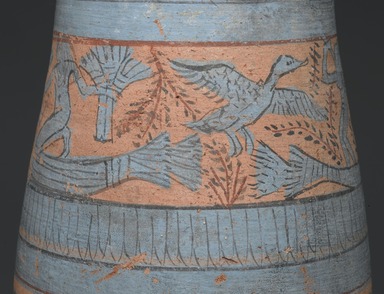
Blue-Painted Vase with Marsh Scene, ca. 1390–1353 B.C.E. Pottery, pigment, 11 5/8 x Diam. of body 6 5/16 in. (29.6 x 16 cm). Brooklyn Museum, Charles Edwin Wilbour Fund, 59.2. Creative Commons-BY (Photo: Brooklyn Museum, 59.2_detail04_PS2.jpg)
Blue-Painted Vase with Marsh Scene
Egyptian, Classical, Ancient Near Eastern Art
On View: Egyptian Orientation Gallery, 3rd Floor
During the reign of Amunhotep III, light blue was the most popular color in the artist's palette; it may have been the King's favorite color. Craftsmen frequently decorated pots with cobalt blue paint. Some of the most complex examples depict marsh scenes, evoking the papyrus swamp from which the Egyptians believed the Creator god emerged at the so-called First Moment. Blue-painted ware has been found in houses, tombs, and temples.

